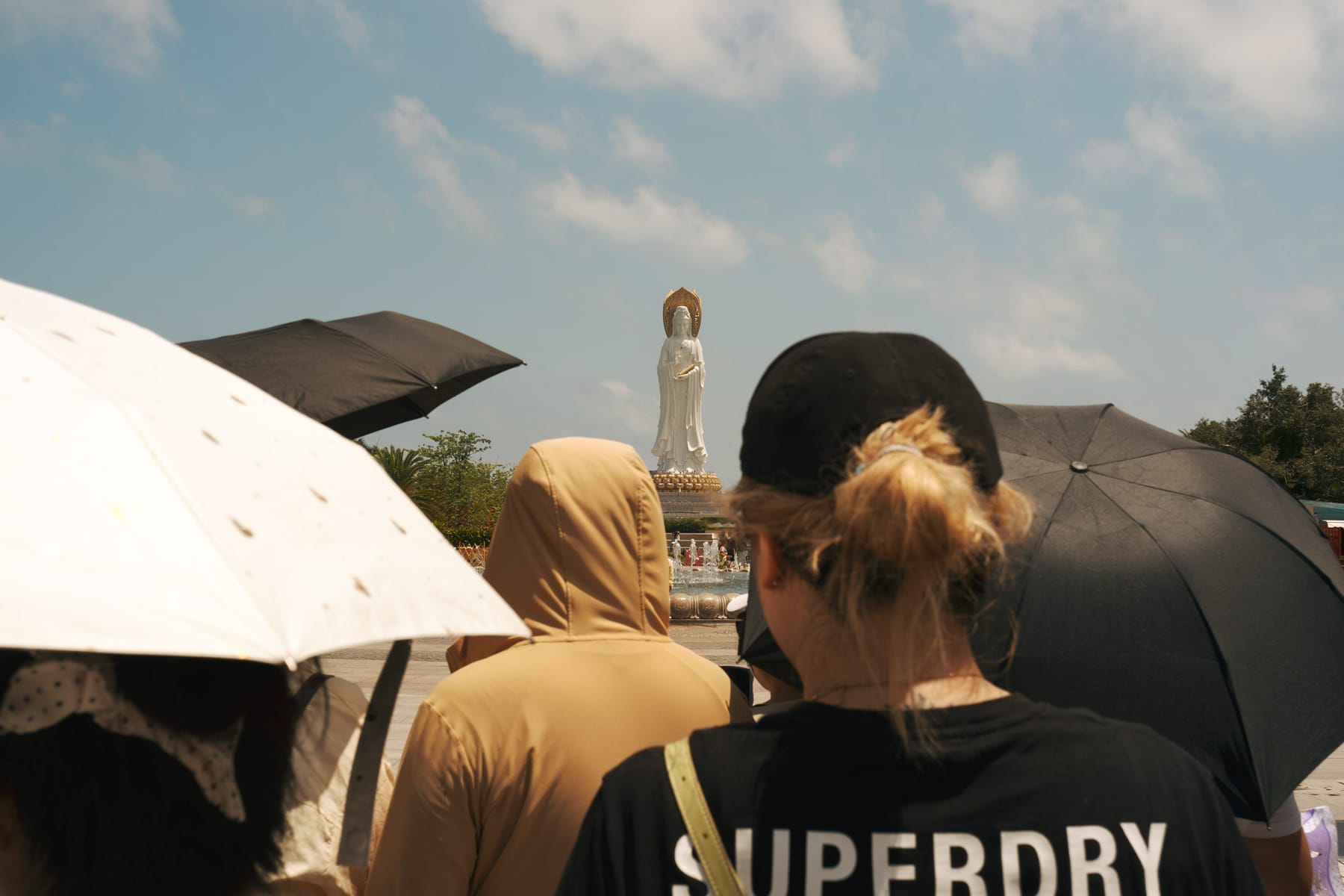Last letter I forgot to include what was maybe the biggest thing on my mind when I was in China: the stark difference in cost of living, even compared to a smaller American city like Detroit. In places like Shanghai there are luxury malls abound, sure, but you can also live comfortably on much, much less. One teacher I talked to said that they didn’t realize how much financial stress they carried until they started teaching in China and the burden was suddenly lifted. Another teacher called their smaller suburban city an “ugly sugar daddy” – there wasn’t as much to do there, but it was a quick hop to larger cities in China (and the rest of Asia); it afforded them a lifestyle they otherwise wouldn’t have. These are foreign teachers at prestigious international schools, sure, but for the general population the government also subsidizes food, housing, and healthcare – you know, the things you need to survive. Through these state actions and a heavy hand in expanding the country’s manufacturing, China has, over the last four decades, lifted 800 million people out of extreme poverty.
Here in the US there’s often an illusion of choice, of freedom. How much freedom do you really have if you’ve been priced out of your basic needs? This has been very much on my mind as Julia and I decide if we want to (and can afford to) try for a second child.
My friend Sarah’s written about this topic to varying degrees on her newsletter 16 Hour Direct Flight, which I recommend! Last time a Sunday letter reader also shared this Ezra Klein podcast with Thomas Friedman about China (thanks Marc). I have a library hold on Klein and Derek Thompson’s new book, Abundance, but this pod about the book’s origins previews the argument they make in the book for a new kind of liberalism in American, one that reminds me a lot of modern China.
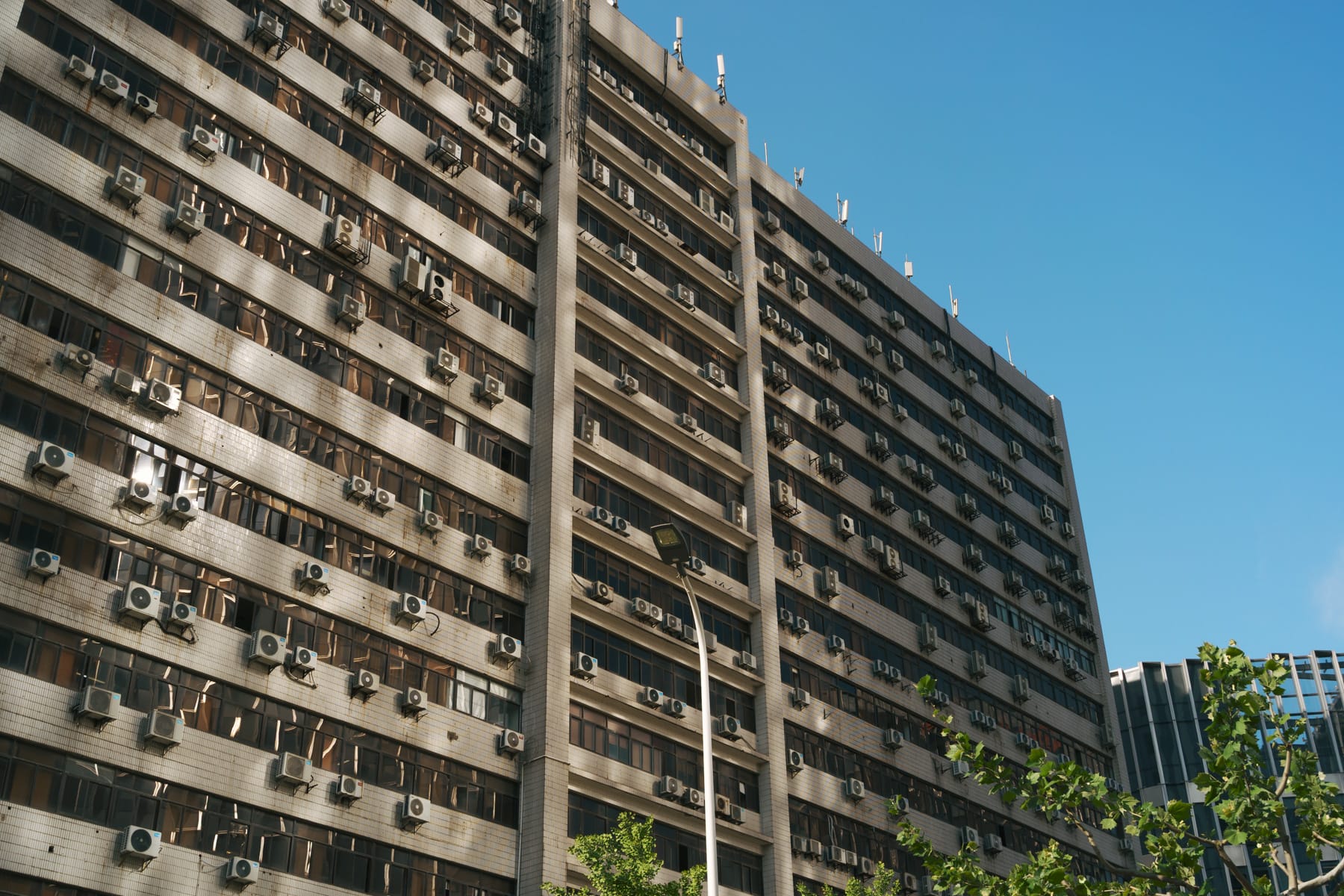
In other news, I think I’m still decompressing from travel – and from not having so much daily caffeine in my system. I went to a friend’s birthday party on Friday and came home more energized than when I left. Is this … extraversion? Anyway, I thought it’d be fun this time to catalog my media consumption this trip, and share some more photos too.
Before I jump in, I want to remind you that this coming Tuesday, the 13th is the second Tuesday of the month, which means it’s time for our monthly Digital Mending Circle,
a virtual co-working session for the kinds of oft-neglected maintenance tasks that accrue around our digital lives. Instead of darning socks and patching jeans, we update personal websites, delete unused accounts, work on side projects, or even just catch up on email.
7:30–9:00PM Eastern. I’ll be working on my taxes. Reply to this email if you don’t already have the Zoom link and want to join.
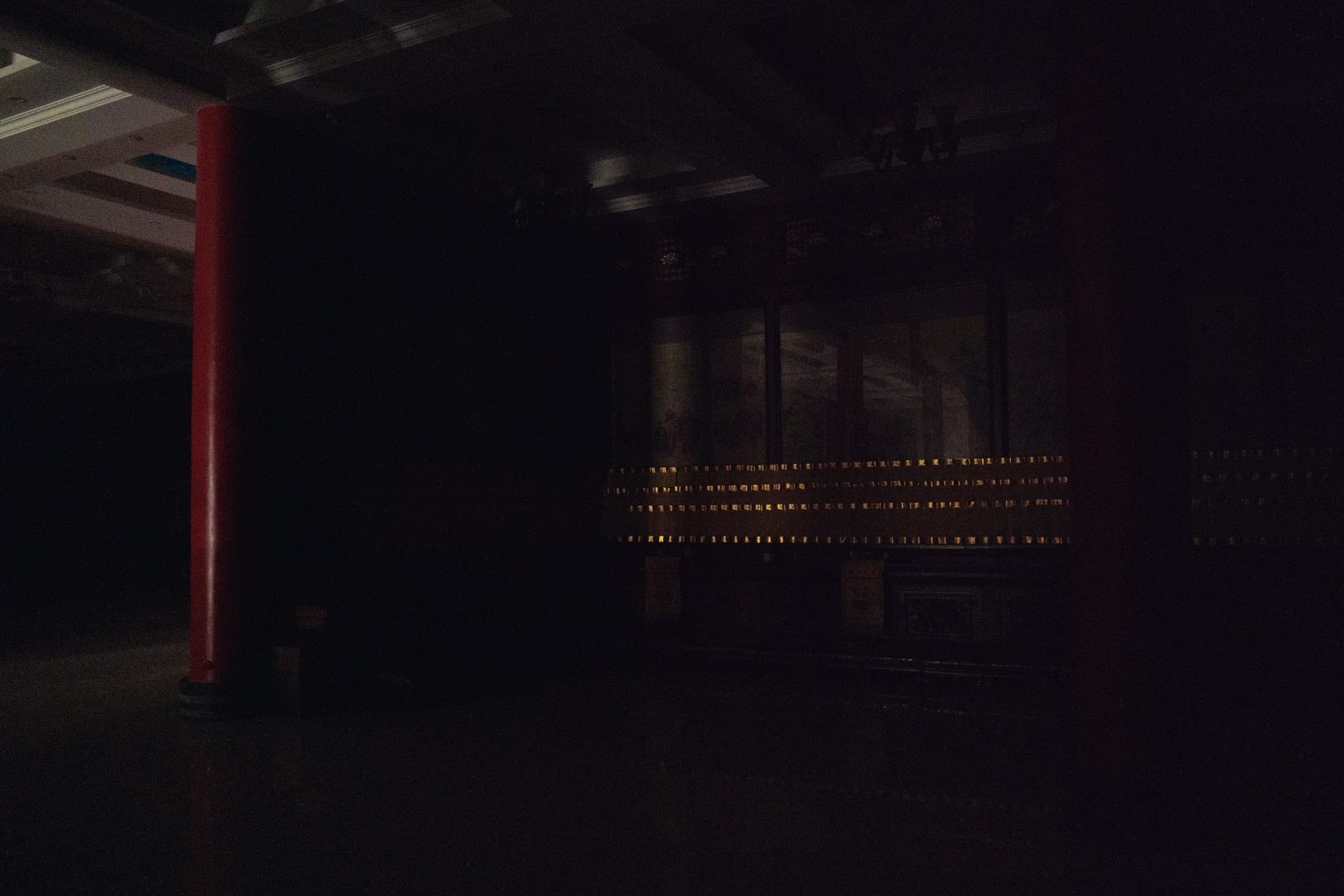
I packed several books for the trip and, as usual, I didn’t get to reading half of them. One I did (re)read was Jun'ichirō Tanizaki’s In Praise of Shadows. My edition had an afterword criticizing Tanizaki’s transitions which, this time around, were the thing I most noticed and quite appreciated – the fluidity in which he moves from topic to topic. In one instance he groes from puppets to musing about the different kind of whiteness East Asian skin takes on compared to people of European descent. One of my favorite bits, still, is on the use of gold:
Lacquerware decorated in gold is not something to be seen in a brilliant light, to be taken in at a single glance; it should be left in the dark, a part here and a part there picked up by a faint light. Its florid patterns recede into the darkness, conjuring in their stead an inexpressible aura of depth and mystery, or overtones but partly suggested.
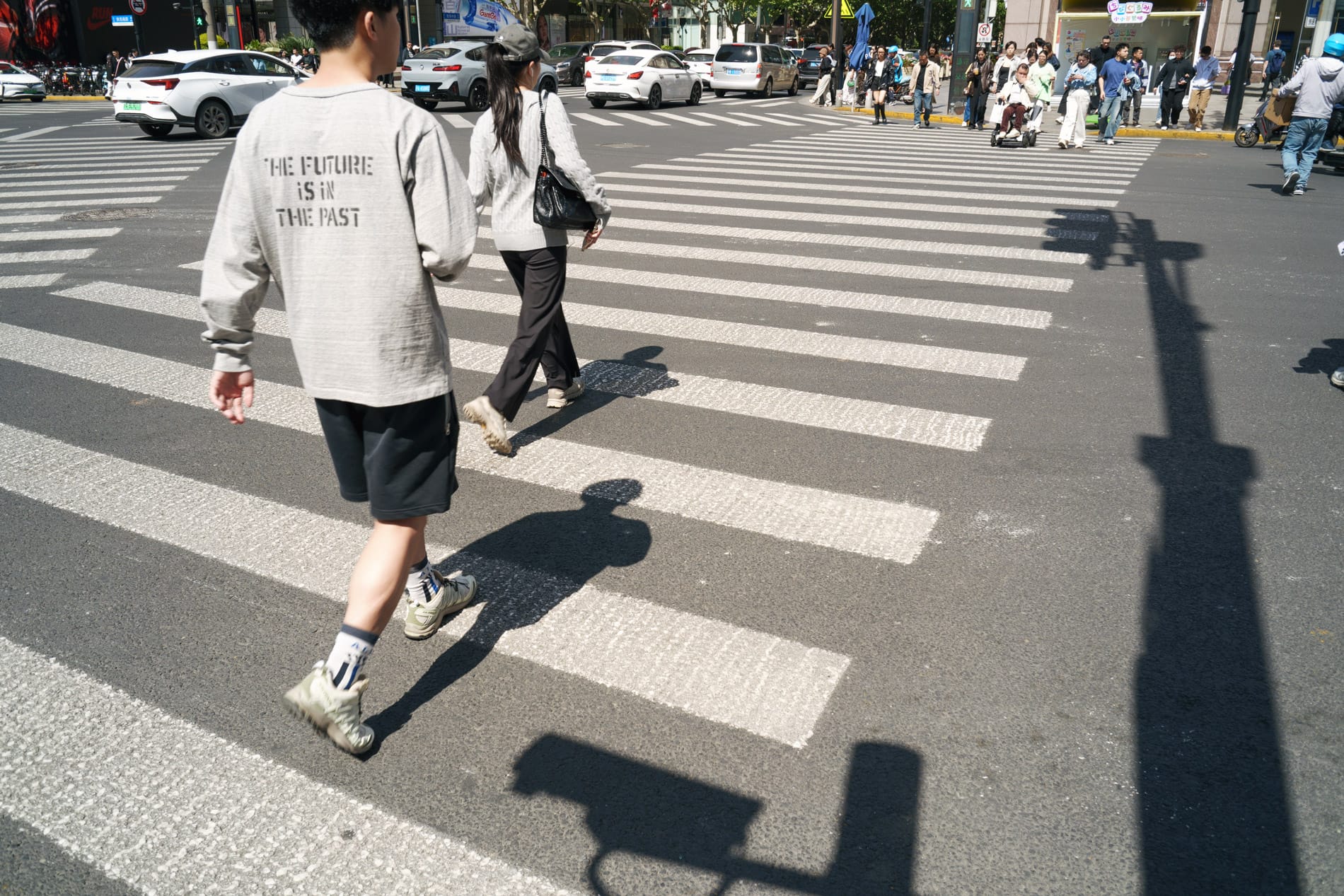
Speaking of re-reads, 9th Year students (eight grade here in the US) at multiple schools had an upcoming unit on dystopian science fiction (of course?). Naturally I found myself recommending MT Anderson’s Feed over and over. I mentioned it so much that I decided it was time once again to re-read it. A few things: 1) It’s still the funniest YA novel I’ve read, full stop. 2) The main characters aren’t “chosen” ones; there’s no overthrowing the regime. They’re teenagers being teenagers, trying to live in a system that gives them few options for rebellion. Yet, 3) In spite of all this, the dystopia is palatable; there’s a surface hopelessness but there’s life teeming, writhing, in the dark underlayer. Good aftervibes.
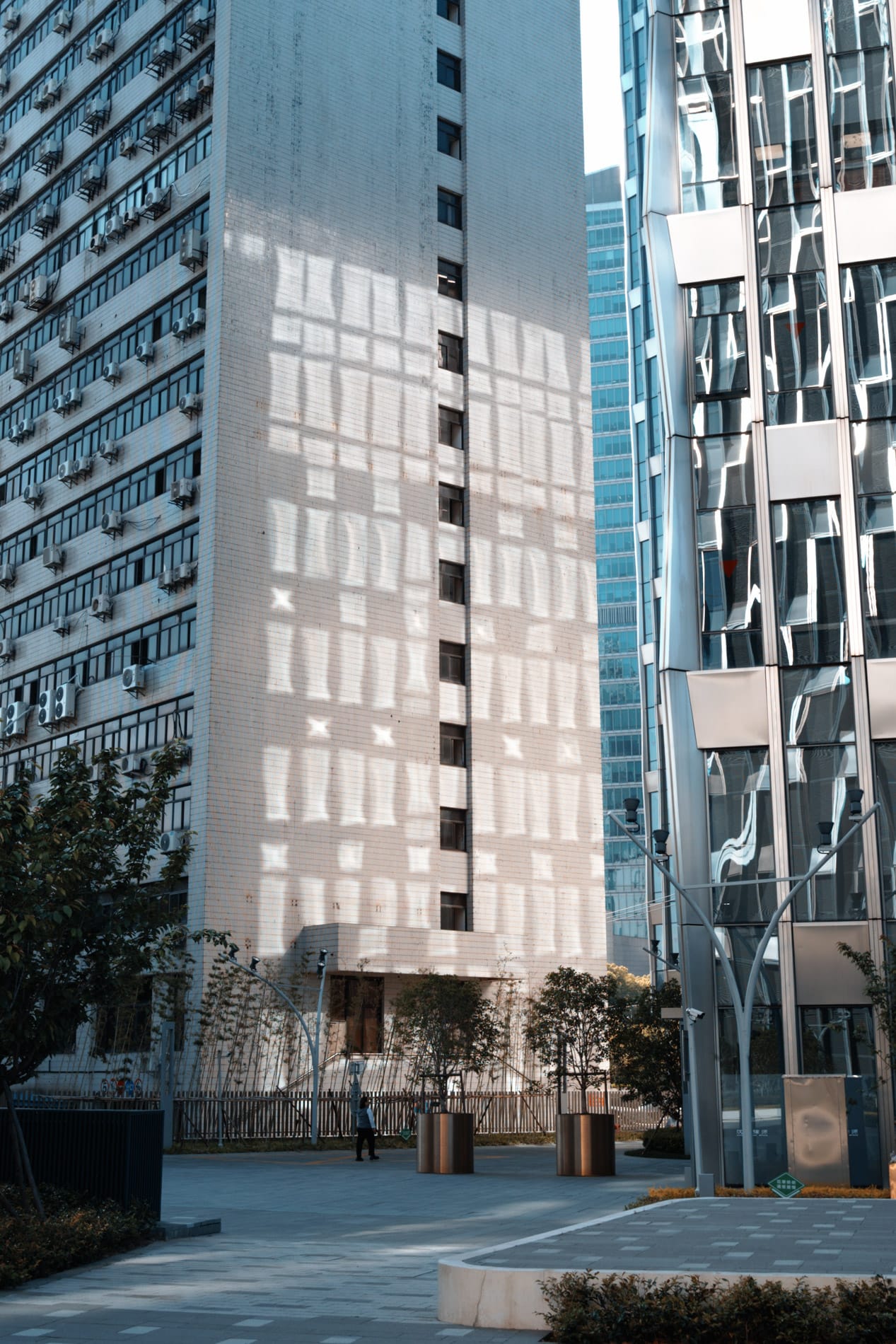
Speaking of palatable dystopias, Kevin Nguyen’s Mỹ Documents follows four half-siblings and imagines a near-future scenario where Vietnamese Americans are sent to internment camps. The novel’s humor and irony is more subtle than Feed (there’s a reference to Babe: Pig in the City, the congressional act that starts detentions is acronymed “AAPI”) and does a lot to present what would otherwise be a horrific thought experiment in a non-traumatic way. But what the book is really about is about 2010–20s journalism.
Kevin (who’s the features editor at The Verge) wrote about the numerous apps he used in writing the book, and it’s probably the once tools-in-use piece that comes closest to capturing the messiness of my own process.
Birding to Change the World is a memoir I picked up at the airport bookstore. Journalist Trish O’Kane moved to New Orleans to start her new teaching position at Tulane … weeks before Katrina hit. She takes up birding as a way to reconnect with her ailing father, and ends eventually ends up in Madison, Wisconsin for an environmental studies PhD. O’Kane gets involved protecting wildlife habitats at Warner Parker, and discovers that those little birds are inseparable from the land and its environmental issues, which are inseparable from social justice.
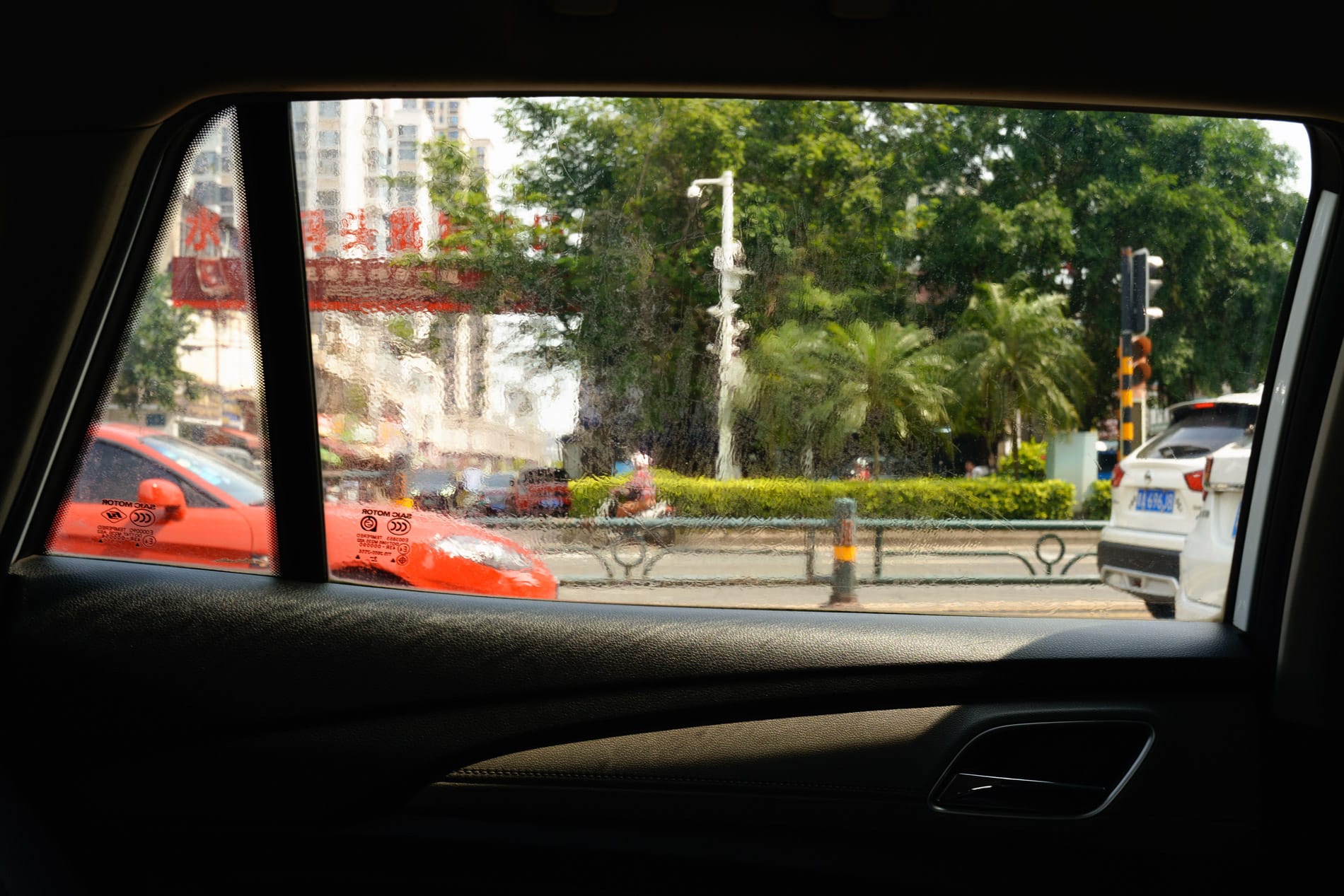
Tracy Chapman mentions, in this rare interview, Roland Allen’s The Notebook: A History of Thinking on Paper. I started it excitedly and then found myself skimming, skipping chapters, and finally gave up. Maybe you’ll have better luck? (hey, Chapman loved it!) I chalk it up to the challenge inherent in writing and researching such a book: When your potential source material is every single notebook in history, how do you choose which ones to include?
I lost momentum, for different reasons, reading A Clearing in the Distance, Witold Rybczynski’s biography of Frederick Law Olmsted. A sales-y subtitle (at least for the first third of the book) could be: “How a generalist travel writer became the world’s preeminent landscape architect.” I’ve enjoyed Rybczynski’s other titles on architecture, so I’ll come back to this when I’m in a different headspace.
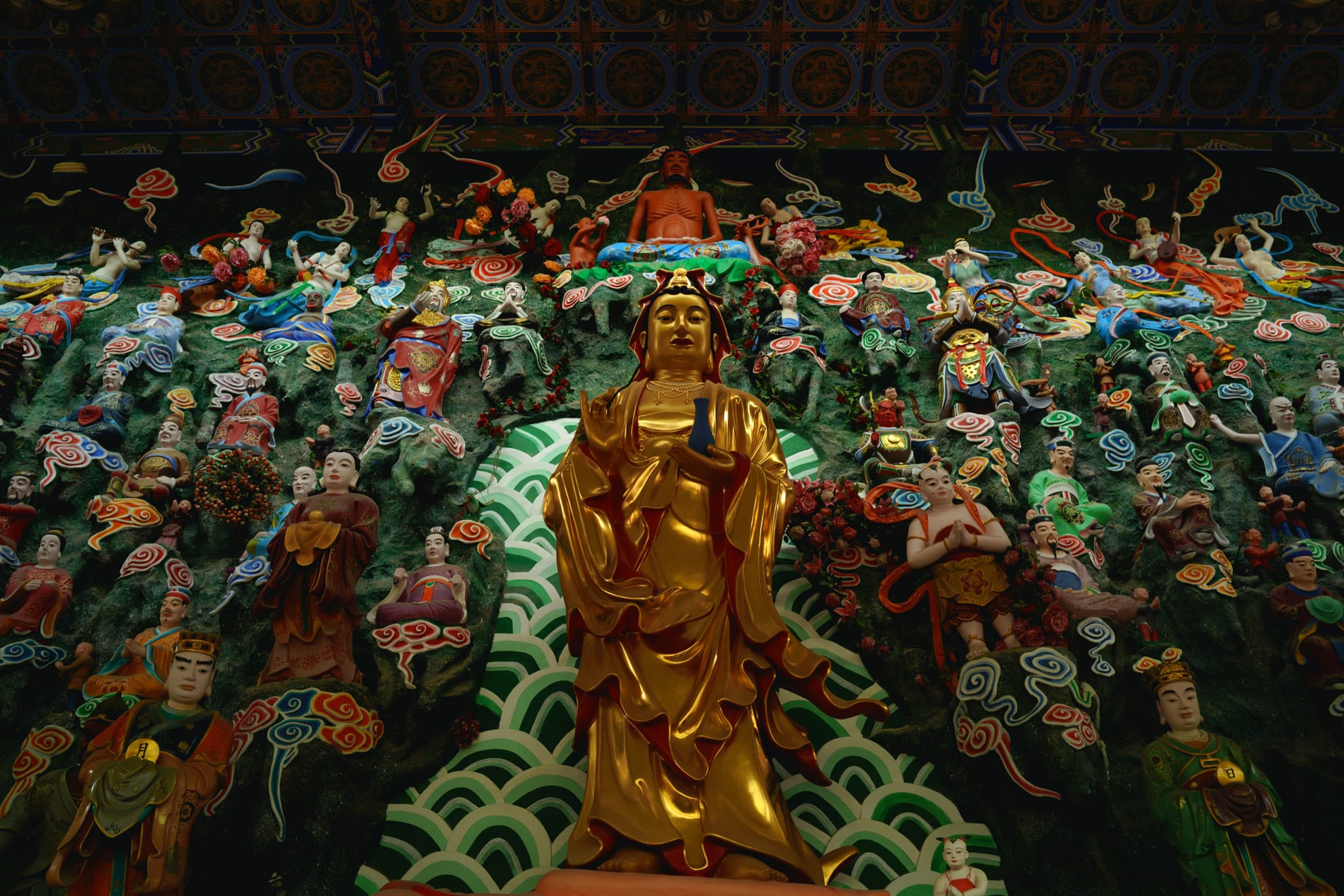
Speaking of architecture: I downloaded a few different videos for the intercontinental flight, and one of them was this newly surfaced Christopher Alexander talk on the process — particularly the use of mockups — for a community of homes he and his team built in Texas.
If you saw the latest season of White Lotus, you might’ve noticed the extreme shallow depth of field in many of the shots. Mark Bone’s breakdown of the show’s cinematography gets into lenses and lighting – but also the story reasons for deploying the technique.
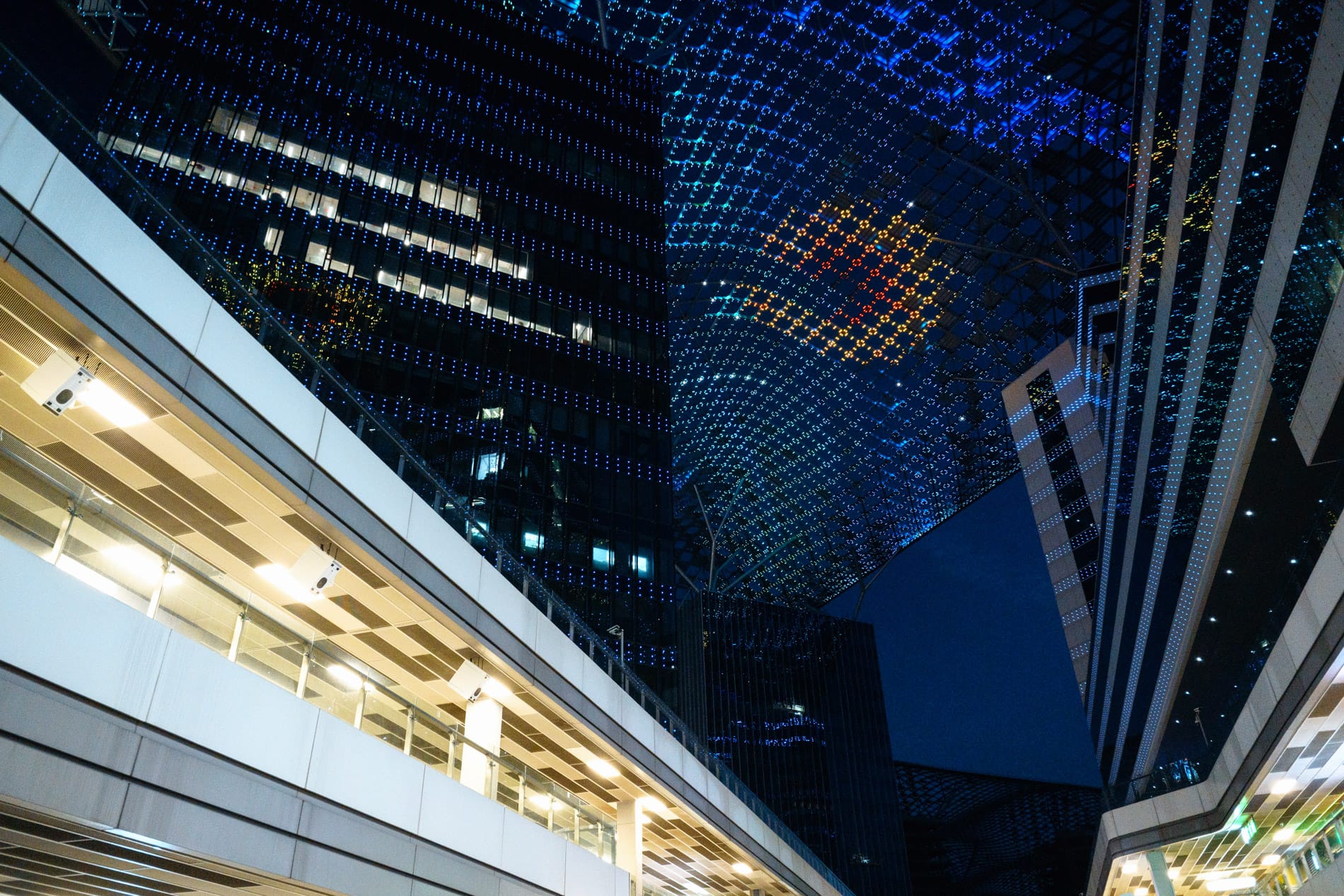
Movies on the Delta inflight: Good One did such a fantastic job capturing a kind of low-key Gen-Z teen vibe. First Man is, I think, a good film to study in contrast with Apollo 13 (though more forgettable than some of Damien Chazelle’s others). Speaking of Ryan Gosling, I rewatched Blade Runner 2049 without sound, which didn’t take that much away from the film. And What Remains, a documentary about the life and work of photographer Sally Mann.
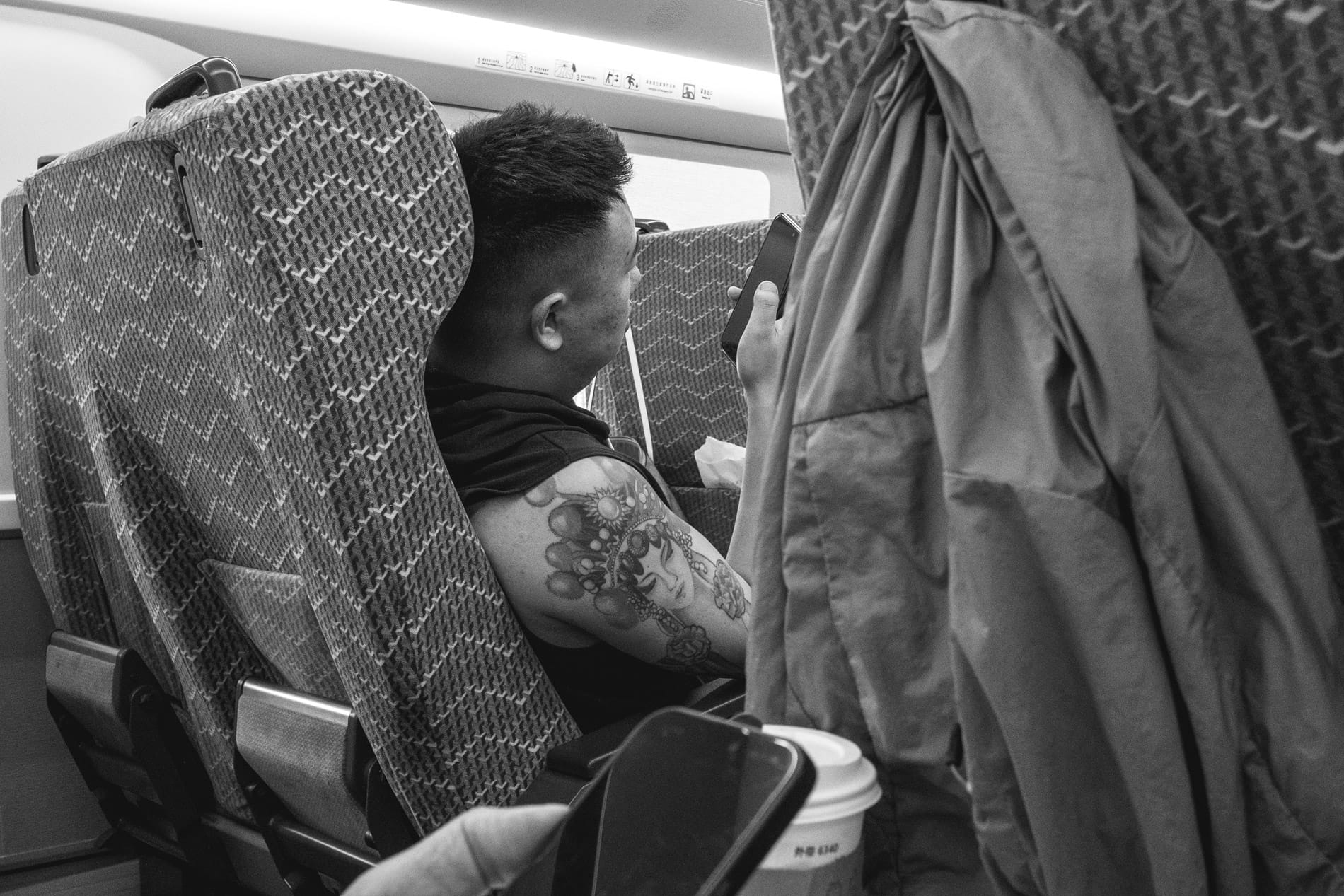
A pair of books of ethnography, both put out by China Intercontinental Press:
One Billion Journeys draws from forty years of work by Wang Fuchun, a photographer and former railway worker whose subjects are the passengers of China’s trains, from the days of overcrowding to the introduction of high speed rail. My favorite photos were the ones of people sleeping.
Liuba Draws Beijing was gifted to me by a school I visited and has often-hilarious illustrations of Beijing through the eyes of a Siberian/Buryat artist who moved to the city after University. The humor reminded me some of my friend Shawn’s work.
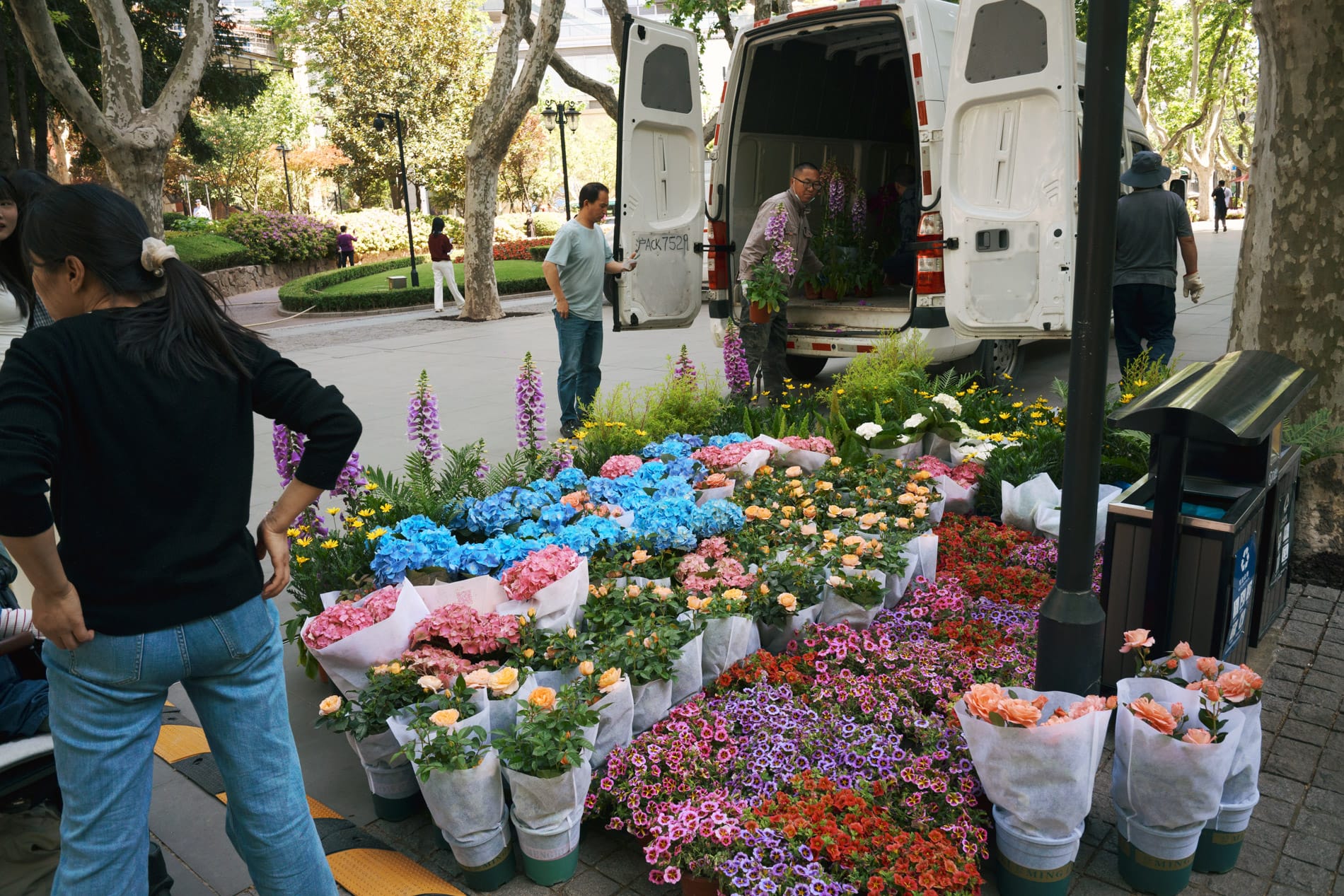
Lastly, I didn’t want to bother with having another device to charge, so I left my smartwatch at home and picked up a Casio World Time for twenty-some bucks. I didn’t really need the time zone features (Beijing Standard is 12 hours from EST), but I enjoyed wearing it and used the stopwatch quite a bit in my workshops. I’m still wearing it now.
I’m also not sure if the Casio Sauna Watch is a genius idea or a terrible idea. Do I want any kind of device in the sauna? Probably not.
Jack
